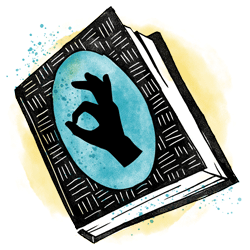…

Table of Contents


complete
- Introduction
 Part 1 | Self
Part 1 | Self- 1. I Am
- 2. Values
- 3. Interests
- 4. Fears
- 5. Personality
- 6. Purpose
- 7. Gratitude
 Part 2 | Lifestyle
Part 2 | Lifestyle- 1. Emotional
- 2. Physical
- 3. Occupational
- 4. Social
- 5. Spiritual
- 6. Intellectual
- 7. Environmental
- 8. Financial
 Part 3 | Goals
Part 3 | Goals- 1. Long Term Goals
- 2. Detailed Goals
 Part 4 | Habits
Part 4 | Habits- 1. Routines
- 2. Detailed Habits
 Part 5 | Reflect
Part 5 | Reflect
- Introduction
 Part 1 | Self
Part 1 | Self- 1. I Am
- 2. Values
- 3. Interests
- 4. Fears
- 5. Personality
- 6. Purpose
- 7. Gratitude
 Part 2 | Lifestyle
Part 2 | Lifestyle- 1. Emotional
- 2. Physical
- 3. Occupational
- 4. Social
- 5. Spiritual
- 6. Intellectual
- 7. Environmental
- 8. Financial
 Part 3 | Goals
Part 3 | Goals- 1. Long Term Goals
- 2. Detailed Goals
 Part 4 | Habits
Part 4 | Habits- 1. Routines
- 2. Detailed Habits
 Part 5 | Reflect
Part 5 | Reflect


